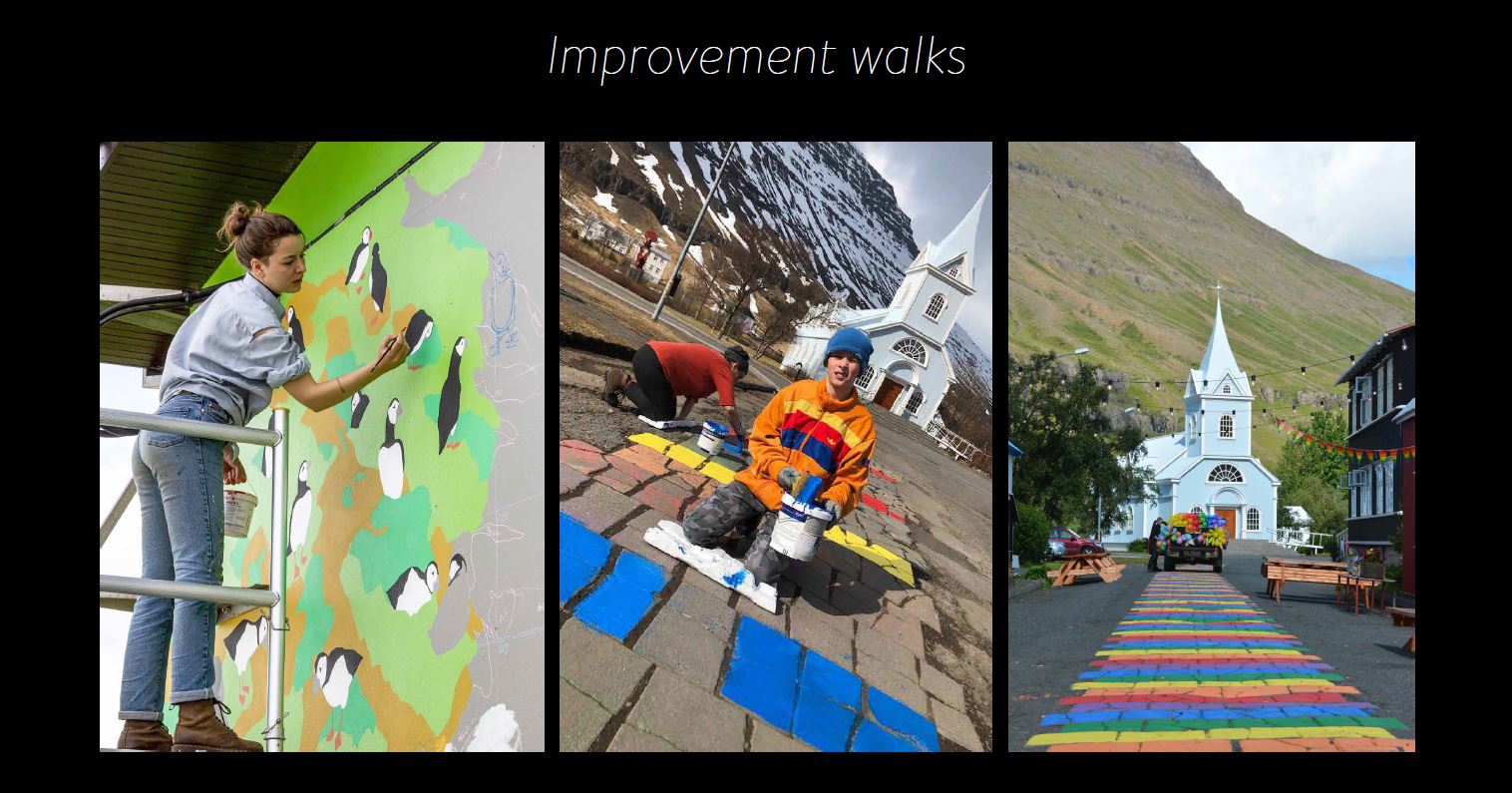
Digital Tourism Think Tank 2019 – Day 1
#DTTT 2019 What did I learn? I had a great possibility to participate in Digital Tourism Think Tank Global 2019 on 4rd and 5th of December, which this year took place in Espoo. DTTT Global is, in my opinion, one of the most interesting conferences as it gathers a bunch of tourism DMO’s and […]
DTTT Global 2019, Day 2
The second day (Read about the first day here) of DTTT was all about technology and digitalization. What we can learn from data and how we can benefit data in place branding, leading and marketing. Lead with data. Do marketing with it, learn from it, optimize – optimize – optimize – then do it again. […]
Nostalgia in marketing – a great way to drown your business
It is pretty easy to say that marketing a business today is made pretty affordable and easy – if you are not stuck in the nostalgia in marketing and trust that a basic “block ad” on a magazine is an effective way on advertising. Events are my cup of tea. As an event manager, you […]